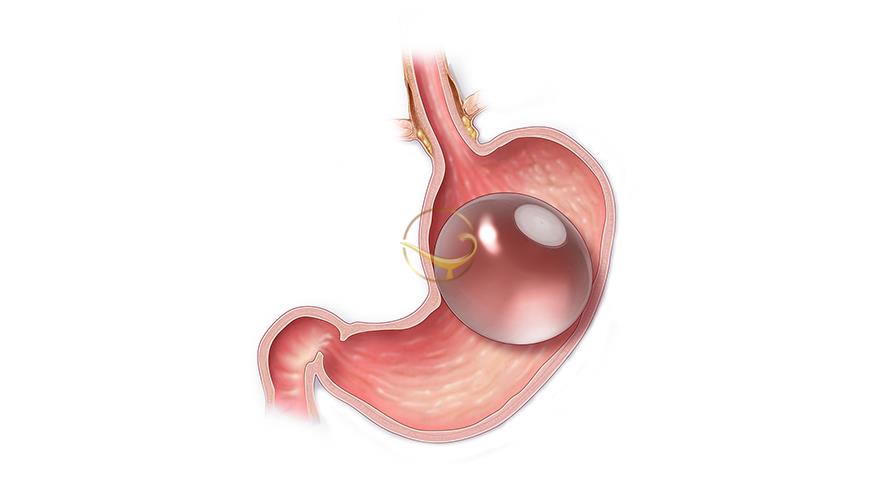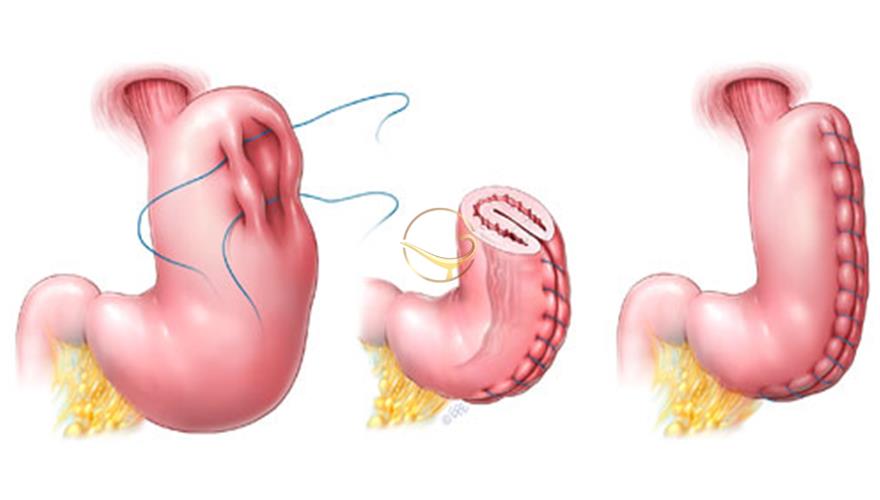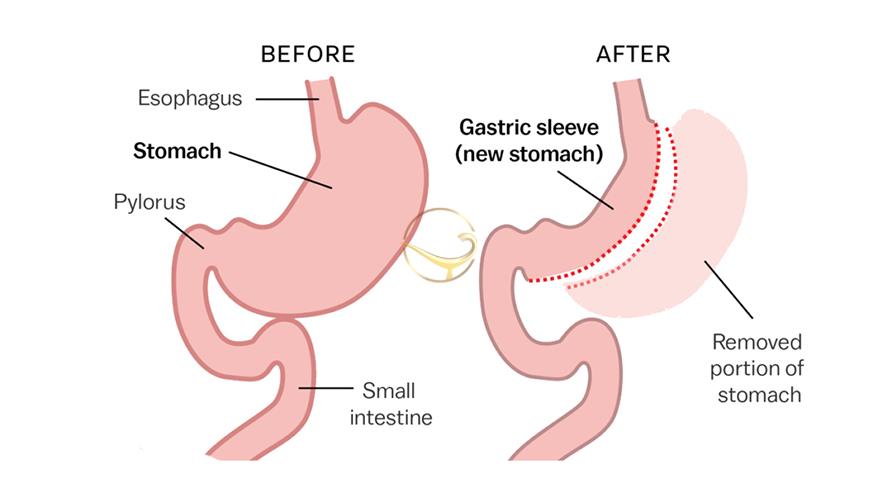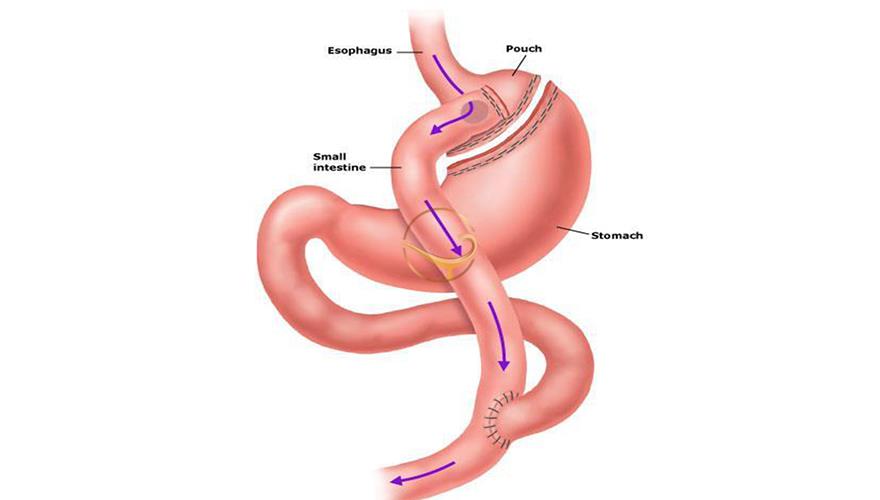Many people choose to have their weight loss surgery done in Iran. As the statistics show annually more than 7000 weight loss surgeries are done in Iran’s cutting-edge weight loss clinics. People from all over the world choose Iran because of several reasons including reasonable weight loss surgery cost, skillful surgeons, fast recovery, all-inclusive packages, T visa, no waiting list, affordable prices, and many others.

Among the various weight loss surgery options is sleeve weight loss surgery, commonly known as sleeve gastrectomy, or gastric sleeve surgery. Compared to European countries and countries sharing border with Iran, gastric sleeve surgery cost, which is one of the most common weight loss surgeries, is much more reasonable and affordable in Iran.
All in all, if you are looking for a safe and affordable weight loss surgery abroad, do consider Iran.
Weight loss surgery (Bariatric surgery)
Obesity and overweight is a common result of today’s sedentary lifestyle. Some possible health risks associated with being obese and overweight include sleep apnea, diabetes, cardiovascular disease (CVD), hypertension, dyslipidemia, some cancers, musculoskeletal disease, and infertility.
People with BMI index of ≥30 are considered obese. To calculate BMI you can divide your weight in kilograms by your height in square meters.

However, there is not much to worry as people with 30 to 200 kilograms excess weight, can undergo weight loss surgeries. Our skillful plastic surgeons provide you with a wide range of weight loss surgeries with long lasting results. As a result of weight loss surgery, reduction of obesity-related problems is significant.
Generally speaking, weight loss surgery is recommended for people with one of the following conditions:
• Morbid obesity, that is BMI above 40.
• BMI above 35 with serious obesity-related problems, including diabetes, severe joint pain, or sleep apnea) that would improve with weight loss.
• BMI above 30 with certain conditions, such as a combination of diseases like high blood pressure, high cholesterol, diabetes, and sleep apnea.
• Specific races (like Southeastern Asians and Indians) that suffer from obesity-related problems at lower BMIs (27.5) are eligible for weight loss surgery.
Weight loss surgery has various methods. Depending on your condition, the surgeon chooses the most suitable method to achieve the most optimal result. Some of the techniques limit the amount of food you can take, some affect on food digestion, and some make changes to your stomach or small intestine, or both. Weight loss surgeries (also known as "bariatric surgery") include some prevalent methods as follows.
Gastric Balloon (stomach balloon)
Gastric balloon is among the most common weight loss surgeries. It is preferable for people who could not lose weight with going on a diet or exercise, and also surgery is not wanted or recommended for them.

In this method, which helps you feel full sooner while eating, the surgeon places an inflatable silicon balloon inside your stomach.
Performing the surgery requires anesthesia, and no incision.
Up to 6 months after the surgery you will lose between 25 to 30 percent of your excess weight. It is also noted that the surgeon will remove the balloon after 6 months.
Since this method is uncomplicated to perform, and also does not require any anatomical change, it is very common and popular.
This method is a suitable option for you if your BMI is more than 35 and you have serious obesity-related problems, or your BMI is 40 and more.
It is recommended that 48 hours before the surgery eat soft foods, and avoid fried foods, rich desserts or meat of any kind.
Adjustable Gastric Band (gastric band)
Adjustable Gastric Band, simply referred to as gastric band, helps you satisfy your hunger and control your appetite.

In this method the surgeon places an inflatable silicone band around the upper part of the stomach, creating a small stomach pouch above the band.
It is noteworthy that the food will be digested normally, and there will be no malabsorption.
It is also noted that you will lose approximately 40 to 50 percent of the extra weight, and there is no need for cutting of the stomach or intestines.
Laparoscopic Gastric Plication
Laparoscopic Gastric Plication Surgery, also known as Gastric Imbrication, is a restrictive procedure aiming to reduce the size of the stomach.

In this technique the surgeon makes large folds in the stomach’s lining, shrinking the size of the stomach by about 80 percent, helping you feel full sooner.
The procedure is performed under general anesthesia, and takes up to 2 hours.
It is noted that after 2 years after the surgery you will lose up to 55 percent of your excess weight.
It is also noteworthy that this technique is recommended to people with +30 BMI.
Gastric Sleeve (sleeve gastrectomy)
Sleeve gastrectomy also known as gastric sleeve is a surgical weight-loss procedure that aims to reduce the size of stomach about 15% of its original size.
In gastric sleeve surgery a part of the stomach is removed and the result will be a sleeve or tube like structure.

This procedure is considered among the most common weight-loss procedures due to its high rate of success.
Among other benefits of gastric sleeve surgery are that sleeve gastrectomy results are long lasting, and also gastric sleeve surgery recovery time is relatively short and about 10 days.
It is noted that during the first 2 years after the surgery you will lose up to 70 percent of your excess weight.
Gastric Bypass
Gastric bypass surgery is a surgical procedure in which the surgeon divides the stomach into a small upper pouch and a much larger lower "remnant" pouch. Then he will rearrange the small intestine to connect to both.

The surgery can be performed through laparoscopy and also open surgery. It is noted that this procedure has a high rate of success, and you will lose up to 75 percent of the excess weight within the first year after the surgery.
This method is recommended to people with BMI above 35.
Mini Bypass
Mini Gastric Bypass Surgery (MGB), or simply Mini Bypass, is a surgical weight loss method. It works in the following two ways: first it restricts the amount of intake of food, and second it alters gut hormones involving in appetite control.

In this technique the surgeon divides the stomach, and most of the stomach will no longer be attached to esophagus and will not receive food. The new stomach is much smaller. The intestine will also be bypassed, causing the body to absorb fewer calories.
This technique is recommended to people with +35 BMI.
Weight loss cost in Iran
It is noteworthy that weight loss in Iran is done under highly skillful hands of accomplished Iranian surgeons. However, the cost of weight loss surgery in Iran, like lots of other cosmetic or medical surgeries, is highly reasonable and competitive as you can see in the following chart.
